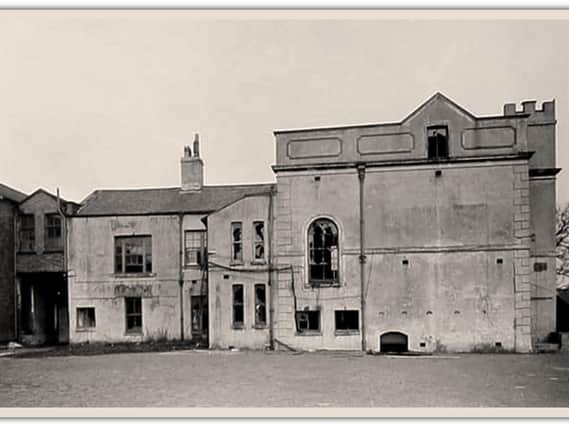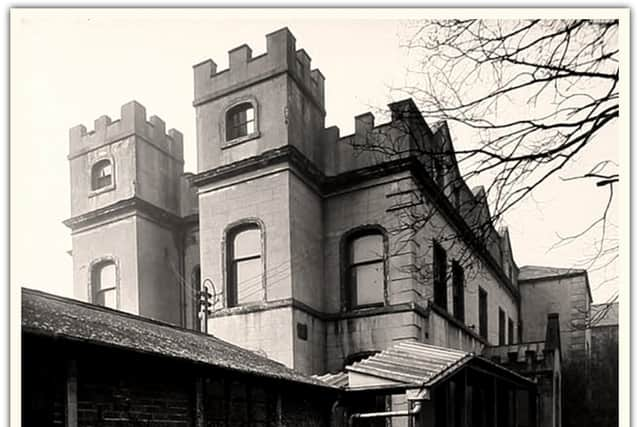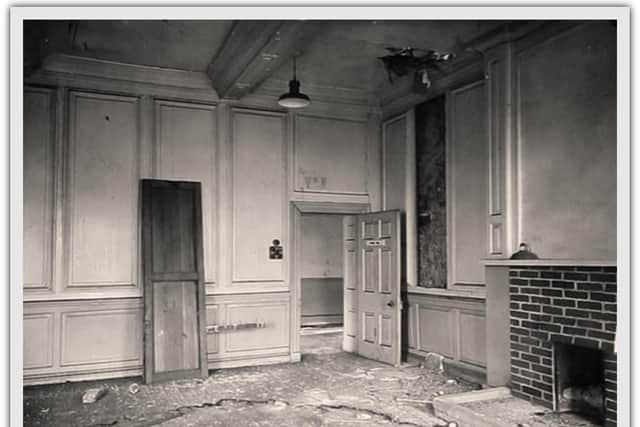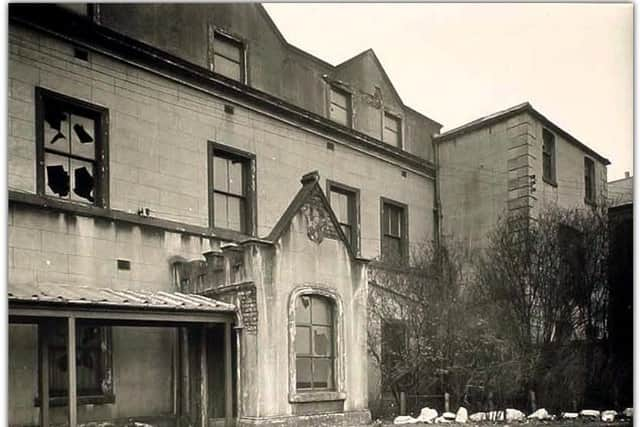800 years of Preston history bulldozed


Legend has it that Tulketh Hall, in Preston, was built on the site of a Roman granary.
The earliest records reveal that in 1124 a colony of monks arrived in Preston from Sarigny, in Normandy, and settled in Tulketh for three years, before heading north to Furness.
Advertisement
Hide AdAdvertisement
Hide AdThe site was the seat of Marmaduke de Tulketh and it was his daughter and heiress who carried the estate to the representatives of William the Conqueror’s followers in whose descendants – the Travers family – the Tulketh estate was vested for more than 500 years.


The Reformation period saw the altars of Preston’s parish church of St Wilfred desecrated and torn down during a period when worship was suppressed and attendance penalised with heavy fines.
Those courageous enough to defy the authorities and refuse to renounce their faith found consolation in secret by attending mass in Tulketh Hall, which stood off Hesketh Street, Ashton. It is said for centuries the humble chapel there provided spiritual blessings for Roman Catholics.
In 1687, during the reign of James II, Bishop Teybourne, Vicar Apostolic of the whole of England, gave the Sacrament of Confirmation in the Chapel at Tulketh Hall. A year later the Travers family, who had endured religious persecution for so long they had become impoverished by fines, had to sell the hall and it passed into the hands of the Heskeths of Rufford, after whom Hesketh Street is named.
Advertisement
Hide AdAdvertisement
Hide AdThe Heskeths abandoned the Roman Catholic faith and thereafter the use of Tulketh Chapel was forbidden to the Roman Catholics of Preston. It was used as a Quaker Academy in the 1840s and before its restoration in 1860, Tulketh Hall was approached by a fine avenue of trees.


However, these were lost in the improvement works carried out by the renowned architect Joseph Hansom, who was said later to be ashamed of his work. Hansom was further known in Preston as the designer of St Walburge’s steeple and he was responsible for the Hansom cab. The estate was carved up and sold for building plots and so one of the region’s most splendid gardens was lost forever.
In 1898, Tulketh Hall became a home for the infirm and poorly children and its opening was described as ‘a night never to be forgotten’ so overjoyed were the Catholics to take back ownership.
Four years later it became the St Thomas’s Home for Working Boys and Industrial School cases, which served for 20 years until its closure in 1924, when the Home Office decided to place boys under the care of probation officers instead.
Advertisement
Hide AdAdvertisement
Hide AdIt then became St Thomas’s Preparatory Novitiate providing teaching for monks. The hall was bought by the Lancaster Diocese in the late 1930s to be used as a school, but following the outbreak of Second World War the Army moved in, using it as a barracks.


Following the war it became the Army Infantry Records Office, but a fire in 1952 severely damaged the building and after lying empty for a few years it was demolished in 1959. The site is now home to engineering firm James Mercer Group Ltd.